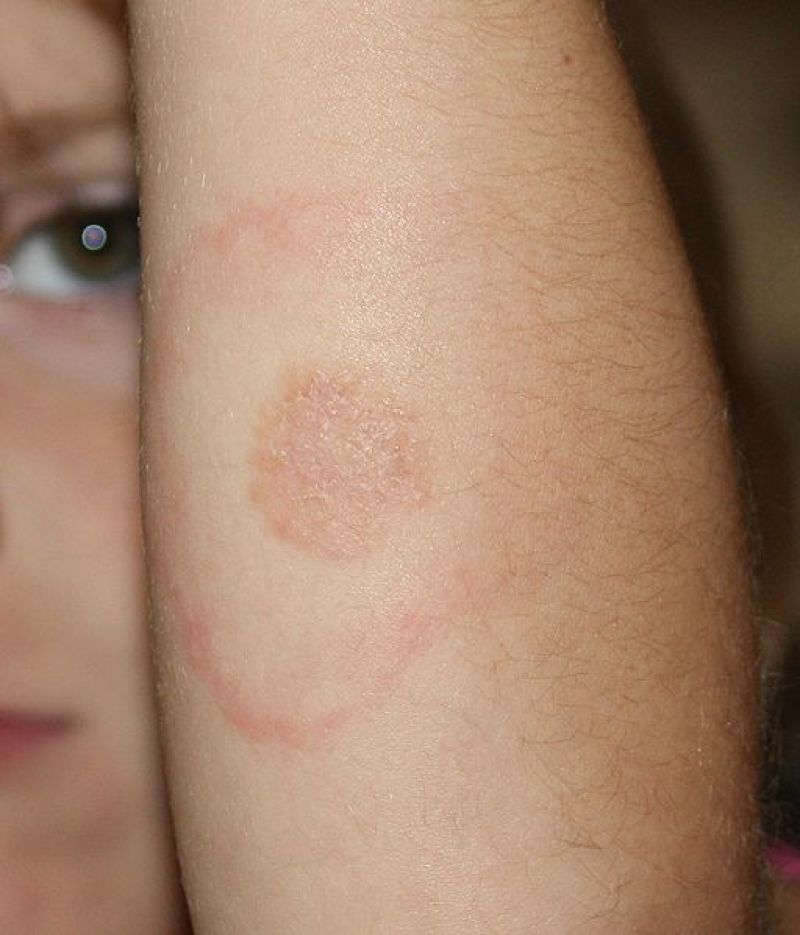
A new report released by the Centers for Disease Control and Prevention has confirmed that Lyme disease has spread to almost half of the counties in the United States.
According to the agency, areas in the country that previously did not have this disease are now in danger of being affected by this infection, Scientific American has learned.
Based on the data presented by the CDC, only 30 percent of the country's counties had traces of Lyme disease in 1998. But, this year, that number spiked to 45 percent. This means that from the 396 counties, the spread has now spread to over 840 counties across 35 states in the country.
According to the researchers from the agency, the disease spreads through the blacklegged ticks, also known as the Ixodes scapularis or the deer ticks. Other carriers include the western blacklegged tick or the Ixodes pacificus. These insects commonly inhabit grasslands and wooded regions.
The researchers noted that the spread of the disease to other regions means these parasites are also growing in numbers and reaching other areas in the country.
"It's important for people to be aware that there may be ticks in areas where they haven't seen them previously so that they can take these steps to help protect themselves and their families," Rebecca Eisen, a biologist for the CDC and lead author of the study said in a statement.
According to Dr. Bobbi Pritt, the director of clinical parasitology at Minnesota's Mayo Clinic, certain environmental factors could have contributed to the increase in the ticks' population.
"Warmer temperatures, increases in rainfall, and milder winters can favor tick survival," he said. "These factors can also favor survival and expansion of the mammals and birds that the ticks feed on."
As explained by the CDC, the early symptoms of Lyme disease are similar to those of the flu. These include headaches, fever and fatigue. During its early stages, this illness can be treated by simply taking antibiotics, CBS News reported.
However, if left unchecked, the disease could develop other serious conditions such as cognitive problems, mood disorders and muscle pain.
To prevent getting the disease, experts strongly advice the public to protect their selves from the infectious ticks. They can do this by wearing tops with long sleeves and long pants. They should also spray insect repellants on their skin and clothes.
In addition, after spending time outdoors, they should place their clothes inside the dryer for around 20 minutes to kill the ticks attached to them. They should also regularly check members of their families and pets for ticks.


















